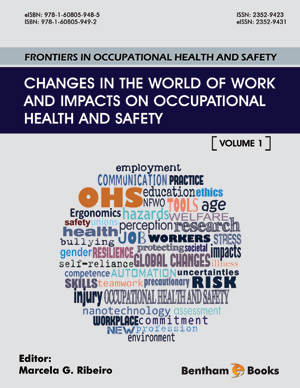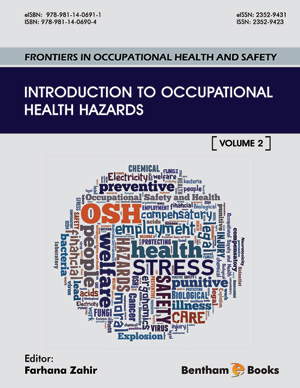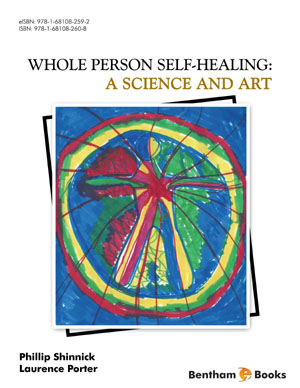Abstract
Peripheral artery disease (PAD) is a disease of the lower extremities that is a component of the chronic, progressive atherosclerotic process. In the United States, there are 8 million adults with PAD. Aside from the increased risk of cardiovascular morbidity and mortality, it leads to altered skeletal muscle energetics linked to mitochondrial dysfunction that hastens physical decline and disability. Fortunately, exercise medicine benefits clients with PAD by increasing walking time, walking distance, and functional capacity that reduces the risk of cardiovascular events while improving quality of life. The benefits of exercise medicine in PAD are linked to the enhanced distal blood flow and O2 supply due to vascular adaptations.
Keywords: Atherosclerosis, Atrophy, Cardiovascular events, Diabetes, Exercise medicine, Mitochondrial dysfunction, Muscle energetic, Peripheral artery disease.












